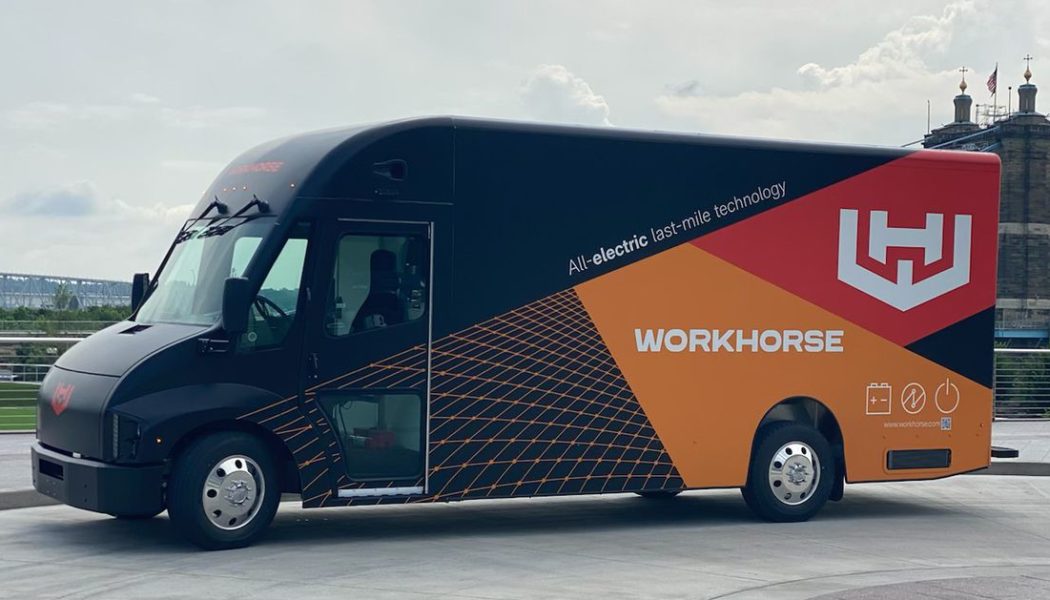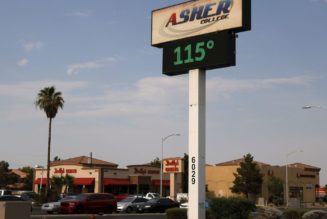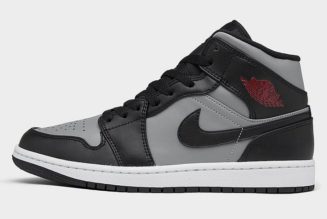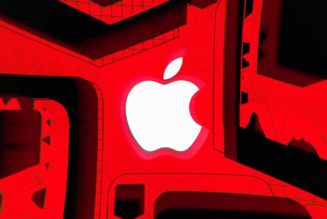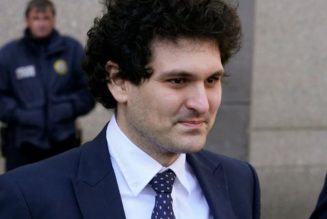
Ohio-based startup Workhorse says it has to redesign its flagship electric van to meet customer needs, after finally getting the vehicle into production this past quarter following years of struggles.
The company announced Monday morning that it needs to “revise the design [of] the vehicle” to increase the payload capacity, which has been reported to be around 6,000 pounds. The C-1000 van, as it’s called, has 1,000 cubic feet of cargo space. The company says the electric powertrain will remain untouched and that it will continue to deliver some C-1000s as they come off the line to customers who are fine with the van’s current capabilities.
“We’re going to go through full vehicle design reviews down to the bill of materials with both our engineering team, and our purchasing team,” CEO Rick Dauch said on a call with investors. Dauch, who only just joined Workhorse at the end of July, said the company knew about these “issues” with the C-1000 “long before I got here.” He promised to release a revamped product roadmap by November but said he “can’t commit to have all the design plans specifically buttoned down” by then.
Dauch, who came from automotive supplier Delphi, tried to calm any nerves by teasing a recent call with one of the company’s prospective customers, which he says wanted to place an order for 1,500 to 2,000 vans as is. “I said hold off for now, let’s get the designs right, let’s get our production right, and we’ll come back and tell you when we’re ready to actually make those orders,” he says he told the customer.
Dauch replaced prior CEO Duane Hughes as part of a series of shakeups in Workhorse’s executive ranks that came in the wake of the company losing the bid to build the next-generation delivery vehicle for the United States Postal Service (USPS). That contract was awarded to defense manufacturer Oshkosh in February, though Workhorse is currently challenging the decision in federal court.
The decision to redesign the C-1000 van comes at a crucial moment for Workhorse. The startup has spent years trying to be the first to offer a fully electric delivery van and has drawn the attention of big-name customers like UPS and Ryder. But it has struggled to get the van (and its successor, a 650-cubic-foot variant) ready for production. And as the USPS contest dragged on, it survived for a while on money borrowed from hedge funds.
In early 2019, Workhorse licensed the intellectual property for an electric pickup truck it had in development to a new startup called Lordstown Motors — which was founded by Hughes’ predecessor, Steve Burns. In exchange, Workhorse received a 10 percent stake in Lordstown Motors as well as millions of dollars in licensing fees and royalties.
Lordstown Motors went public in a merger with a special purpose acquisition company late last year, and the value of Workhorse’s stake briefly ballooned to around $330 million. But Burns has since been accused of faking and lying about the number of preorders for Lordstown Motors’ electric pickup truck and was ousted from the company in June. Lordstown Motors is now facing multiple federal investigations and has had to narrow the scope of its own plans to get into production.
With that in mind, Workhorse also announced Monday that it recently sold 72 percent of its stake in Lordstown Motors to add to its cash reserves. (The company finished the quarter with $156 million in the bank, though it has lost $183 million through the first half of 2021.) As Lordstown Motors’ stock price has dropped amid the startup’s struggles, Workhorse said the sale is only expected to net around $79 million.
